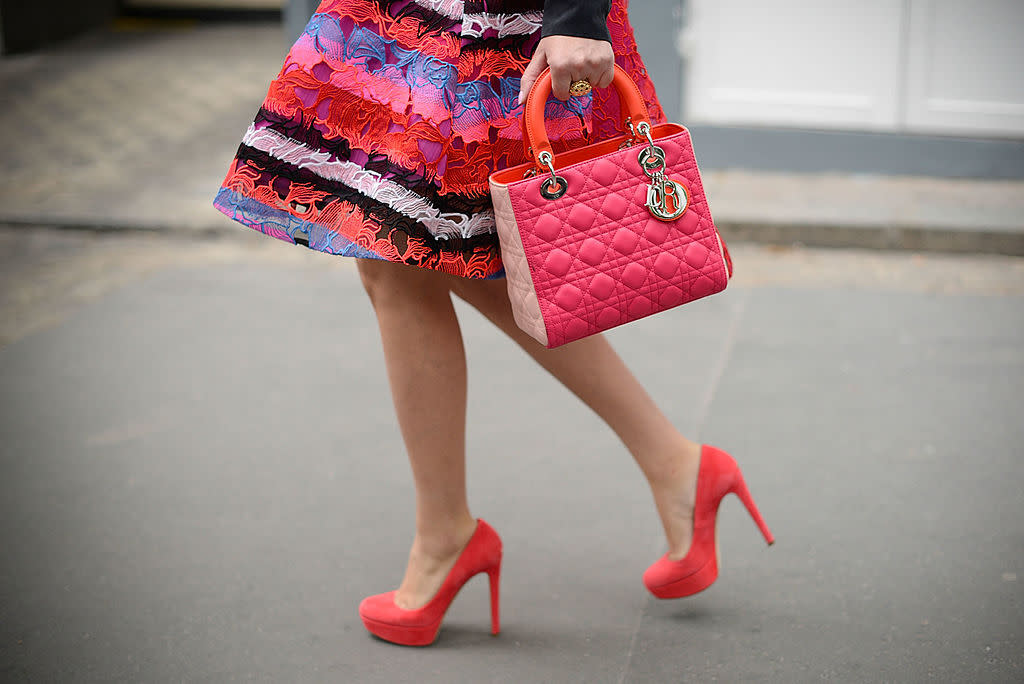Your Heel Height Says a Lot About Your Social Aspirations

Where you live influences your heel height, according to a new study. (Photo: Getty Images)
Your personal style is most likely based upon either fitting in or standing out — and while several things can influence your fashion sense, you may not realize that the area in which you live is one of them. In fact, your neighborhood can even influence how high your heels are.
Marketing and psychology researchers from University of North Carolina at Chapel Hill, Carnegie Mellon University, and Yale University joined forces with an undisclosed large online retailer in order to analyze the size of the high heels purchased by 2,007 women who moved over the course of five years. The total number of pairs that landed in their shopping carts in that time period — 16,236.
The investigators discovered that women’s heel heights changed when they moved, but not uniformly. When women located to wealthier city, such as Los Angeles or New York City, the heel height matched the typical heel of the other women in town, showing their desire to conform. But when women moved to a less well-to-do area, they continued to buy shoes with the same heel height as they did in their former wealthier neighborhood, indicating a need to be different and project a certain socioeconomic status.
As a result of these findings, which were published in the peer-reviewed scientific journal PLOS ONE, the researchers labeled this phenomenon “trickle down conformity.”
Since previous theories on behavior indicated that people are influenced by social standing, the investigators were expecting similar conclusions from their research. “What was surprising, however, was just how strong the effect was,” Jeff Galak, study co-author and associate professor of marketing at Carnegie Mellon University, tells Yahoo Style.
For example, he points to the fashion choices of women who moved to an area with a median income about $22,000 higher than where they originally lived compared with women who took up residence in a city where the median income was approximately $22,000 lower. “The women who moved to a wealthier area are about two-and-a-half times more likely to conform to the preferences of the women around them than the women who moved to the poorer area,” he states. “That’s a lot bigger effect than we expected to observe.”
While the data didn’t provide the reasons why women were likely to dress more upscale if they moved to an affluent community, Galak believes it stems from the long history of research that shows fashion trends originate from the elite. “Most people would like to increase their status level, and so adopting the behaviors of those who are already high status makes a lot of sense,” Galak says.
And when it comes to high heel shoes, he adds that the height of the heel doesn’t necessarily increase if a woman moves to a posh neighborhood. “Sometimes, women move to a wealthier area that has other women wearing flats,” explains Galak. “In that case, they also start wearing shorter heels. So, yes, women definitely do some of this to respond to the trends around them — including trends at the workplace. But again, only when those trends are set by women who are higher status than they are themselves.”
As to why some ZIP codes favor high heels over flats and vice versa continues to remain a fashion footwear mystery.
Follow us on Instagram, Facebook, and Pinterest for nonstop inspiration delivered fresh to your feed, every day.
